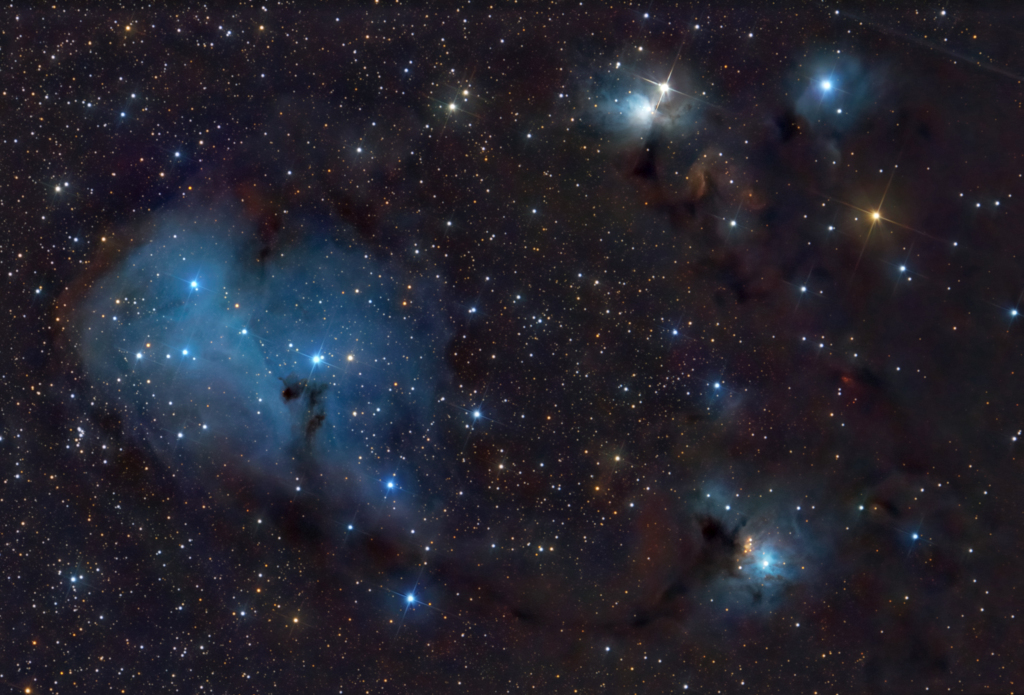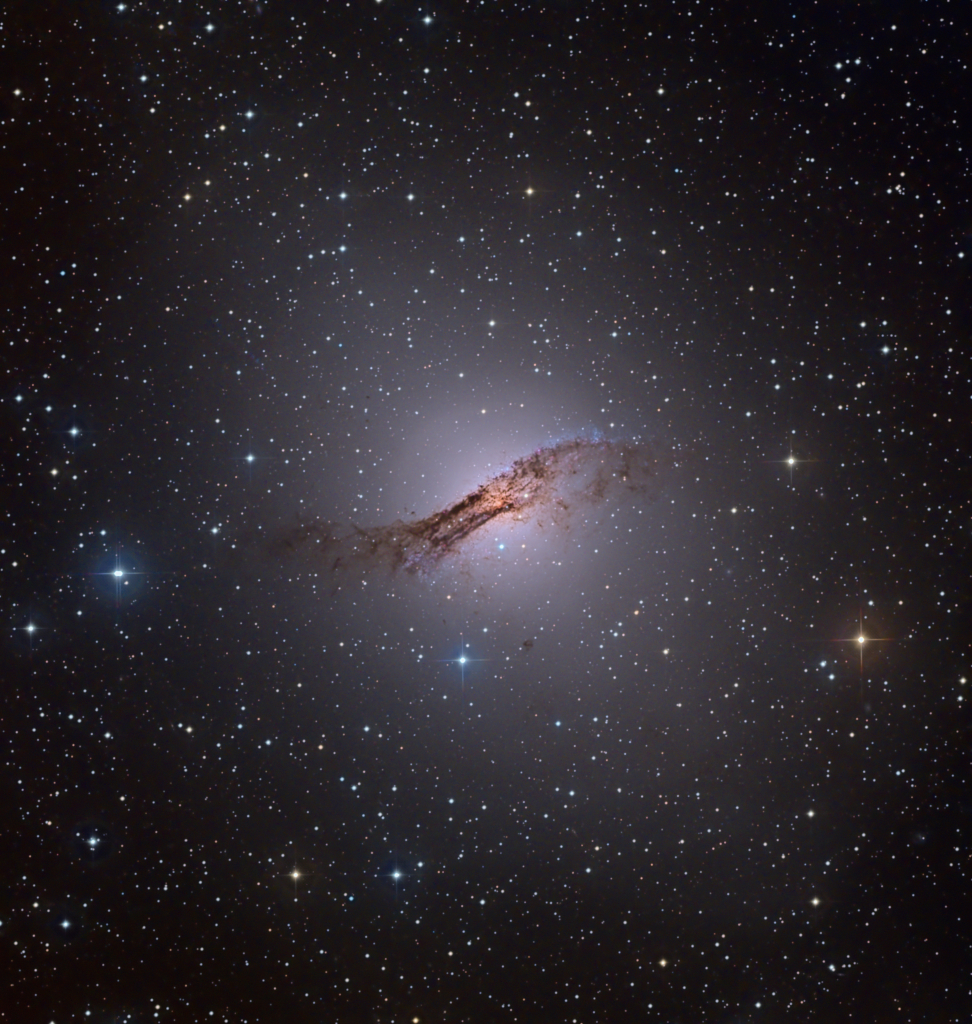NASA’s Mega Moon Rocket, Spacecraft Complete First Roll to Launch Pad
from NASA https://ift.tt/tAOKZ90
via IFTTT![]()
NASA’s Mega Moon Rocket, Spacecraft Complete First Roll to Launch Pad
from NASA https://ift.tt/tAOKZ90
via IFTTT![]()



NASA has awarded the Ground Systems and Mission Operations-3 (GSMO-3) contract to KBR Wyle Services LLC of Greenbelt, Maryland. The contract will provide services including systems engineering, facility engineering, launch and early orbit support, flight operations, flight dynamics support, and sustaining engineering for NASA.
from NASA https://ift.tt/Aj1yeOv
via IFTTT![]()
Students from Los Angeles will have an opportunity next week to hear from NASA astronauts aboard the International Space Station.
from NASA https://ift.tt/UB510d7
via IFTTT![]()
Following the completion of critical mirror alignment steps, NASA’s James Webb Space Telescope team expects that Webb’s optical performance will be able to meet or exceed the science goals the observatory was built to achieve.
from NASA https://ift.tt/0r6l7Ba
via IFTTT![]()
El telescopio Webb de la NASA alcanza un hito en su alineación
from NASA https://ift.tt/QcUH0ps
via IFTTT![]()
Dr. Eugene N. Parker, visionary of heliophysics and namesake of NASA’s Parker Solar Probe, has passed away. He was 94.
from NASA https://ift.tt/Ux7vXfg
via IFTTT![]()